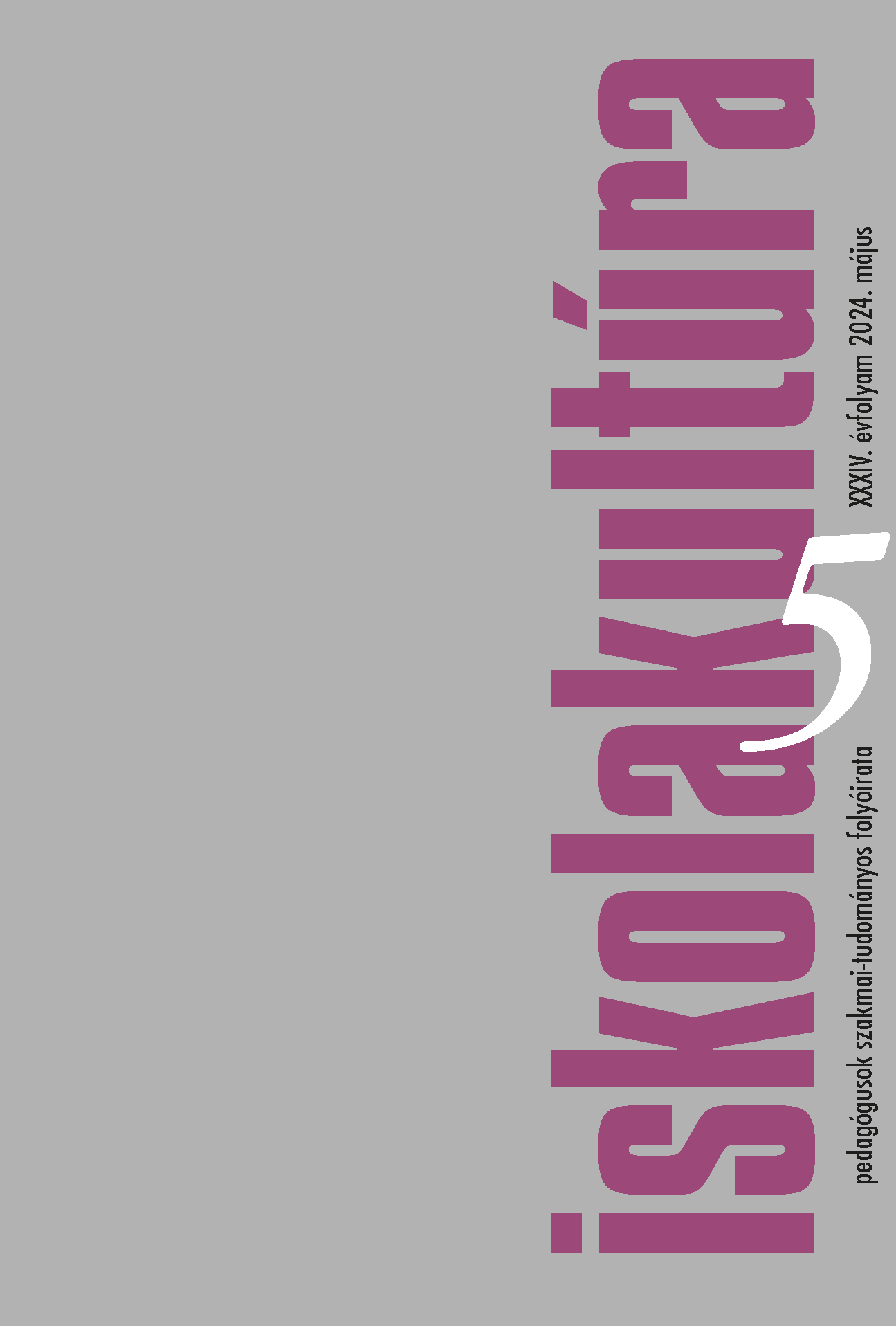Examining sustainable fashion decisions among high school students
Main Article Content
Abstract
Sustainability has become a relevant and meaningful issue in recent years. The present study focuses on one segment of sustainability: sustainable fashion, which is a major issue affecting the everyday lives of secondary school students. Fashion industry is defined by criteria such as: short product life cycle, high market volatility and high impulse buying (Myint and Lee, 2017; Radtke et al., 2022; Strähle, 2017). The aim of my research is to investigate the fashion habits, consumer behaviour and decision-making mechanisms related to sustainable fashion of the Z generation, including Hungarian secondary school students in Szeklerland. During my research I am seeking answers to questions regarding the criteria students apply when making their decisions, as well as to discovering which purchasing cluster groups can be identified. The target group of my quantitative research are secondary school students in Szeklerland. I used probability sampling, and within that systematic sampling. The research tool was a self-designed questionnaire. Its questions are divided into three main categories: socio-demographic data of students; the concept of sustainability and sustainable fashion, willingness to buy; and students’ purchasing criteria, frequency, amount, location, etc. Price, quality and design of the product are the main criteria for the purchasing decision. The main shopping venues are online, multi-brand websites. As a result of the cluster analysis, we were able to isolate four distinct groups of students, who were labelled as practical shoppers, discount hunters, brand-loyal individuals and sustainability-oriented shoppers.

